Description
Early Jersey Wakefield Cabbage
100 Seeds per pack
Days to Maturity: 60–75 Days
Sun Requirements: Full sun; tolerates light shade in hot climates.
Botanical Name: (Brassica oleracea)
First introduced in the United States by Francis Brill of Jersey City, New Jersey, in 1840, this heirloom cabbage resulted from a cross between the English Wakefield and local varieties. Brought to market by Peter Henderson in the 1850s, it swiftly rose in popularity in American gardens. By the late 19th century, it had become the nation’s most favored heirloom early season cabbage, and continues to be a favorite of home gardeners and market growers to this day thanks to its quick growth and compact size.
A compact grower, it thrives in full sun and tolerates light frost well. Plants grow 12–18″ tall, producing tightly wrapped, pointed heads that reach 7″ in diameter and 10–15″ long, weighing in at 2–4 pounds. The dark green leaves are tender and sweet, with a fine texture perfect for fresh slaws, salads, or cabbage rolls. Also ideal for cooking, pickling, and fermenting into sauerkraut or kimchi.
Known to store reasonably well, it retains flavor and firmness when stored in a cool, moist location. Rich in vitamins A, B6, C, and K, it’s a healthy addition to any kitchen.
Planting Instructions for Early Jersey Wakefield Cabbage Seeds
When to Plant:
Start seeds indoors 4–6 weeks before your last expected spring frost. Early Jersey Wakefield matures quickly (60–75 days), making it ideal for spring and fall crops. For a fall harvest, start seeds indoors or direct-sow in the garden about 10-12 weeks before your first expected autumn frost. In northern zones, spring seedlings should be started indoors in early to mid-April. In warmer climates, you may direct-sow in midsummer for a fall crop.
How to Start Indoors:
Sow seeds ¼″ deep in trays or cells filled with a fine, sterile seed-starting mix. Plant 2–3 seeds per cell, then thin to the strongest seedling after germination. Keep the soil evenly moist and place under bright light or grow lights to prevent leggy growth. Ideal temperature for germination is 60–70°F. Begin feeding with diluted organic fertilizer once the first true leaves appear. Transplant seedlings into larger pots when they develop 4–5 true leaves.
Hardening Off & Transplanting:
Harden off seedlings 7–10 days before transplanting by gradually introducing them to outdoor sun and temperatures. Transplant when plants are 4–6″ tall and nighttime temperatures remain above 40°F. Choose a sunny, sheltered site with well-drained, fertile soil. Amend with compost 1–2 weeks before planting. Space seedlings 12–18″ apart in rows spaced 24–30″ apart, giving Early Jersey Wakefield room for its upright, conical heads.
Direct Sowing:
Sow seeds ¼–½″ deep and 12–18″ apart in early summer. Keep the soil consistently moist during germination. Once seedlings appear, thin to one plant per spacing. Protect young plants with row cover to guard against wind, heat, and pests.
Growing Tips:
Early Jersey Wakefield Cabbage is a fast-growing variety and benefits from steady moisture and rich soil. Side-dress with high-nitrogen organic fertilizer 3–4 weeks after transplanting. Mulch with straw or shredded leaves to retain moisture and suppress weeds. Water deeply and regularly—aim for 1″ of water per week, more if soil is sandy.
Pest Management:
Watch for cabbage worms, loopers, flea beetles, root maggots, and deer. Use floating row covers to block pests early in the season. Inspect leaves regularly and remove caterpillars by hand. Cardboard or PVC collars can help deter root maggots. If deer are a problem in your area, use fencing or netting to keep them out. Avoid planting cabbage in the same spot two years in a row to reduce disease and pest pressure.
Diseases to Watch For:
Common cabbage diseases include black rot, alternaria leaf spot, and clubroot. Practice crop rotation, avoid overhead watering, and remove infected plants immediately to prevent spread.
Harvesting:
Harvest when heads feel firm and reach mature size. Early Jersey Wakefield forms compact, tightly folded, conical heads typically weighing 2–4 lbs. Cut at the base with a sharp knife. To prevent cabbage heads from splitting after heavy rain, gently twist the head to partially break some of the roots, or cut a small portion of the roots with a spade. If heads split, harvest immediately and use promptly.
Storage:
While not a long-storage variety, Early Jersey Wakefield will keep for several weeks in a cool, moist environment (32–40°F, 95% humidity). For longer-term use, it can be blanched and frozen or fermented into sauerkraut.
Seed Saving:
Cabbage is a biennial, meaning it produces seed in its second year of growth. To save seeds, leave healthy, true-to-type Early Jersey Wakefield cabbage plants in the ground over winter, or dig them up and store them in a root cellar, replanting in early spring. Plants will bolt and produce flowers, followed by seed pods. Allow the pods to dry on the plant, then harvest and break them open to collect seeds.
Clean and dry the seeds thoroughly before storing. Label and store in a cool, dark, dry place—cabbage seeds remain viable for 3 to 6 years under good conditions. We offer seed-saving envelopes that are ideal for home gardeners—easy to write on and perfect for long-term storage. Isolation from other brassicas is important to avoid cross-pollination.
FAQ:
What is the historical or notable background of Early Jersey Wakefield Cabbage?
Early Jersey Wakefield was introduced in the U.S. by Francis Brill in 1840 and popularized by Peter Henderson in the 1850s. It became America's most favored early cabbage by the late 19th century.
How would you describe the flavor of Early Jersey Wakefield Cabbage?
It has a sweet, tender flavor and a fine texture, making it ideal for fresh slaws, salads, and cooking.
What does Early Jersey Wakefield Cabbage look like, and how does it grow?
It grows 12–18″ tall and produces tightly wrapped, pointed heads about 7″ wide and 10–15″ long, weighing 2–4 lbs.
How and when do I harvest Early Jersey Wakefield Cabbage?
Harvest when heads are firm and full-sized, cutting at the base. To avoid splitting after rain, twist or cut some roots to relieve pressure.
When is the best time to plant Early Jersey Wakefield Cabbage?
Start seeds indoors 4–6 weeks before the last frost for spring harvest, or sow in midsummer for a fall crop, adjusting by zone.
What are the common culinary uses for Early Jersey Wakefield Cabbage?
It's great for slaws, salads, cabbage rolls, stir-fries, pickling, and fermenting into sauerkraut or kimchi.
What’s the best way to store Early Jersey Wakefield Cabbage after harvest?
Store in a cool, moist place (32–40°F, 95% humidity) for a few weeks. It can also be blanched and frozen or fermented.
What nutrients does Early Jersey Wakefield Cabbage provide?
It’s rich in vitamins A, B6, C, and K, offering a nutritious boost to meals.
Does Early Jersey Wakefield Cabbage have any notable disease resistance or concerns?
Yes, it is known for its resistance to cabbage yellowing, a common leaf disorder. However, it may still be affected by diseases like black rot, alternaria, or clubroot. Rotate crops annually and avoid overhead watering to maintain healthy plants.
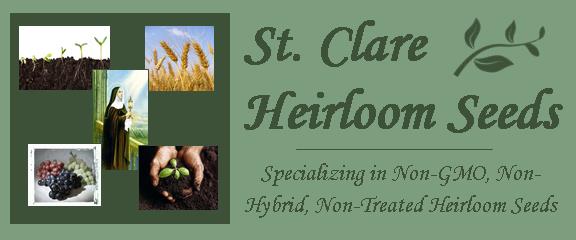
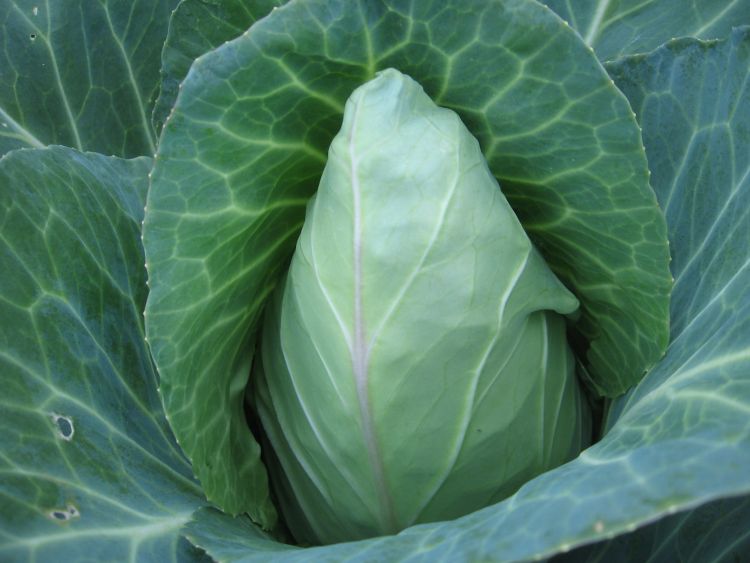
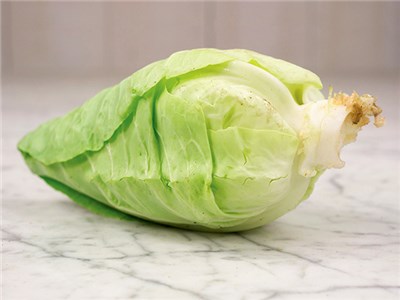










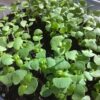

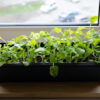
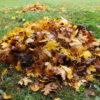
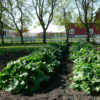


Patricia Q. (verified owner) –
Awesome seed and seed company
Melissa Barnes (verified owner) –
This is the perfect size!
Diane G. (verified owner) –
5 star!
karen bergerson (verified owner) –
5 star!